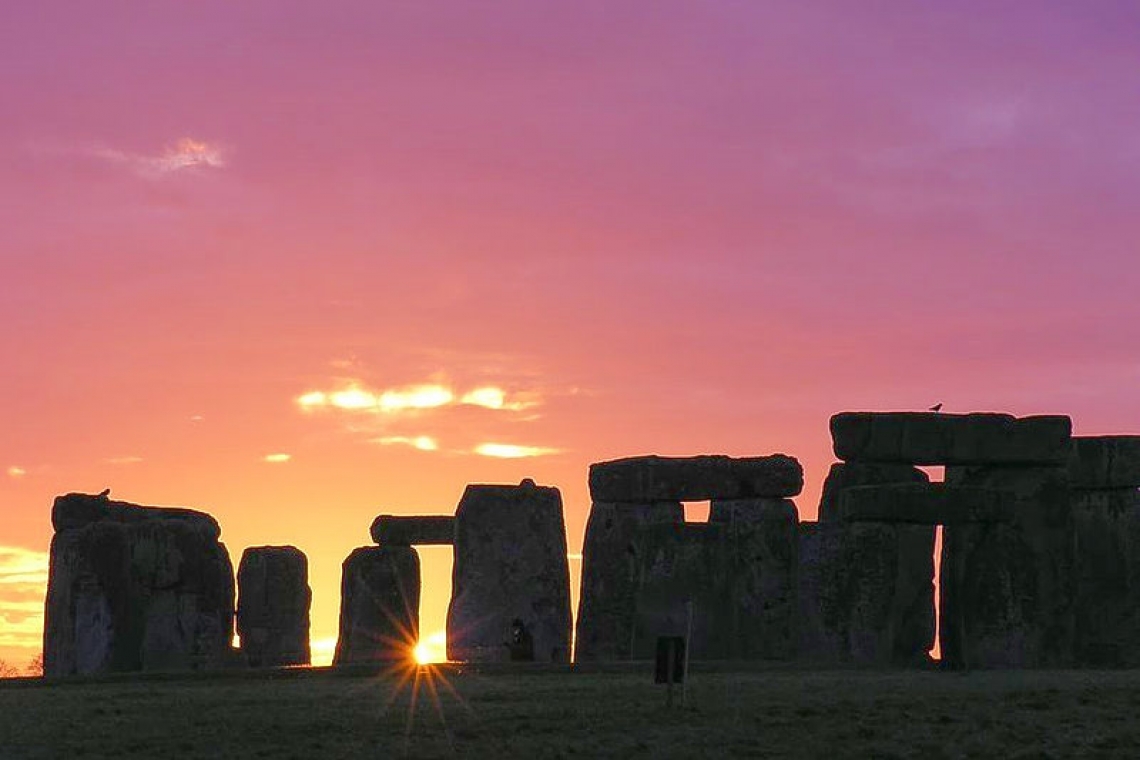~ St. Maarten’s Backyard Astronomy for June 20 & 21 ~
Sun rises at 5:37am
Sun sets at 6:50pm
Lunar phase: new moon, virtually absent
Happy Summer Solstice, everyone! This weekend represents the beginning of summer in the northern hemisphere and if you are from “down under”, it’s the start of your winter. The Summer Solstice is an astronomical event; it’s the point in the earth’s orbit around the sun when the Geographic North Pole is tilted at the sun.
Many people falsely believe that the solstice is when the earth is closest to the sun and that is what gives us the hot summer. Nope. We are in fact farther from the sun! It’s the tilt of the earth’s axis that makes the daylight hours longer and the night or dark hours shorter, relative to each other.
When I teach this in science classes, I have to use a globe and a flashlight to make the point, but there are some good videos on YouTube if you need to be convinced! So, interestingly, our winter solstice is the Southern Hemisphere’s summer solstice and at that point the earth really is at its closest point to the sun.
Even so, their summers aren’t hotter than ours in the north, but they do have a much thinner ozone layer. Could that have something to do with the proximity to the sun when they are tilted towards her? Don’t know… but it’s a theory.
So back to our St. Maarten location and this weekend’s star gazing. If you rise early in the morning before sunrise, you can spot four planets in the southern sky. Jupiter and Saturn will easily catch your eye as they hang together in the mid-range, and Mars is harder to spot. Look higher up and to the left (east) for the red planet, hiding among the stars.
Venus is even trickier. She rises in the east just minutes before the sun, so she holds her title these days as the morning star.
With the moon virtually absent this weekend, we should have a sky full of stars, so look for the summer triangle which we learned last weekend and also look for the Milky Way stretching across the sky like the night sky’s backbone.
The Summer Solstice marks a “turning” point of every year. You can bring the significance of this astronomical geometry into your life by attaching meaning. To many cultures, the solstice can mean a limit or a culmination of something. Some meditate, pray, chant or dance to bring the moment to life. Perhaps you choose to acknowledge it with your intellect alone. From around the world, the sun is now rising and setting as far north as it ever does. After the June solstice, the sun will begin its subtle shift southward on the sky’s dome again.
Thank you for keeping up with the Night Sky articles. If you are out later on in the week, each star rises about four minutes earlier each day than written here, and the moon rises 50 minutes later. Night Sky is researched and compiled by Lisa Davis-Burnett. Earthsky.org is a key resource for information and images. Questions or comments? Email This email address is being protected from spambots. You need JavaScript enabled to view it..







